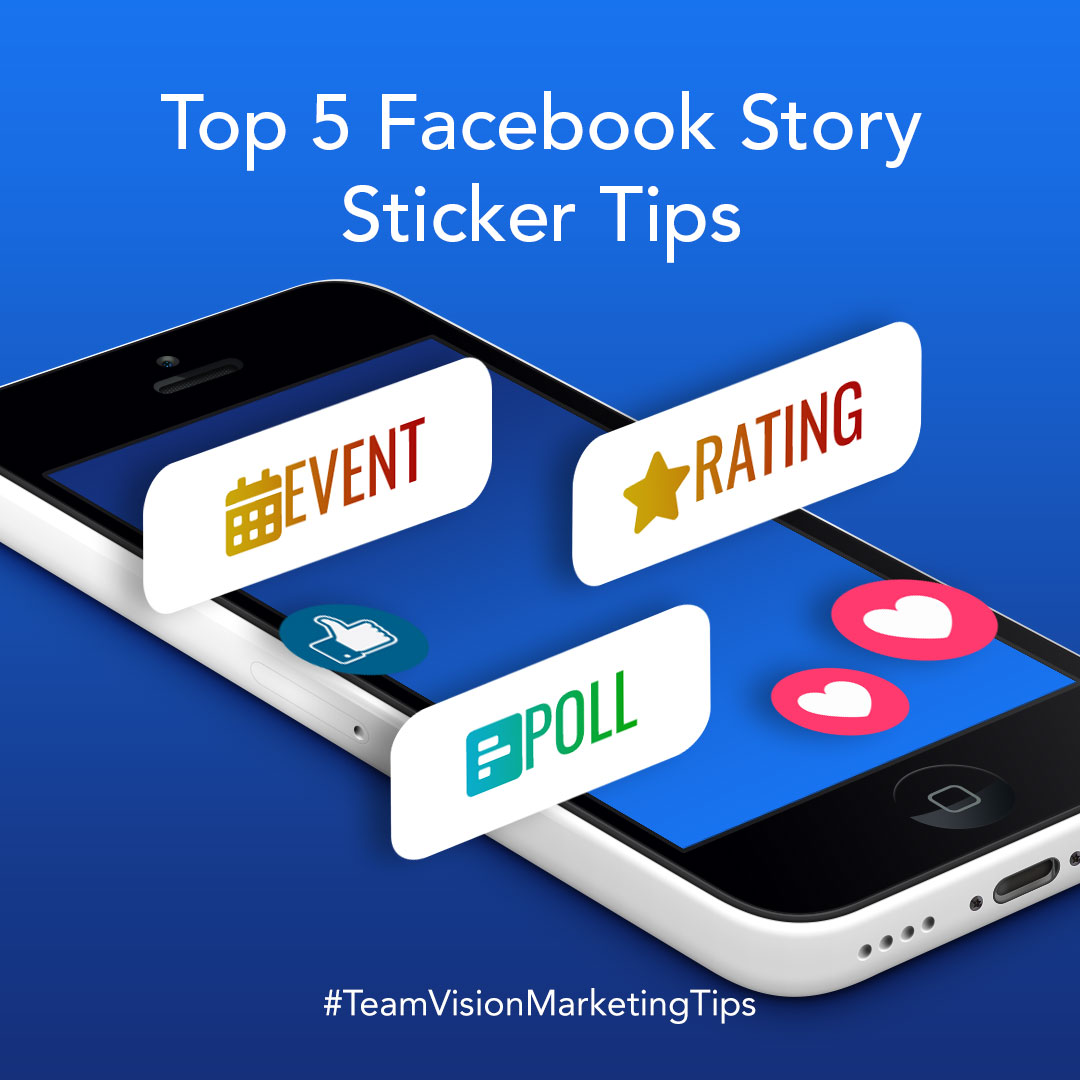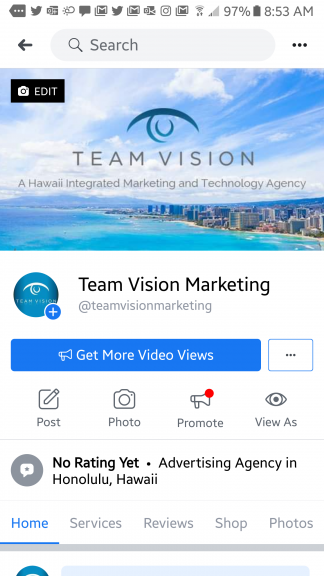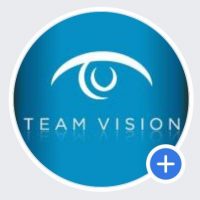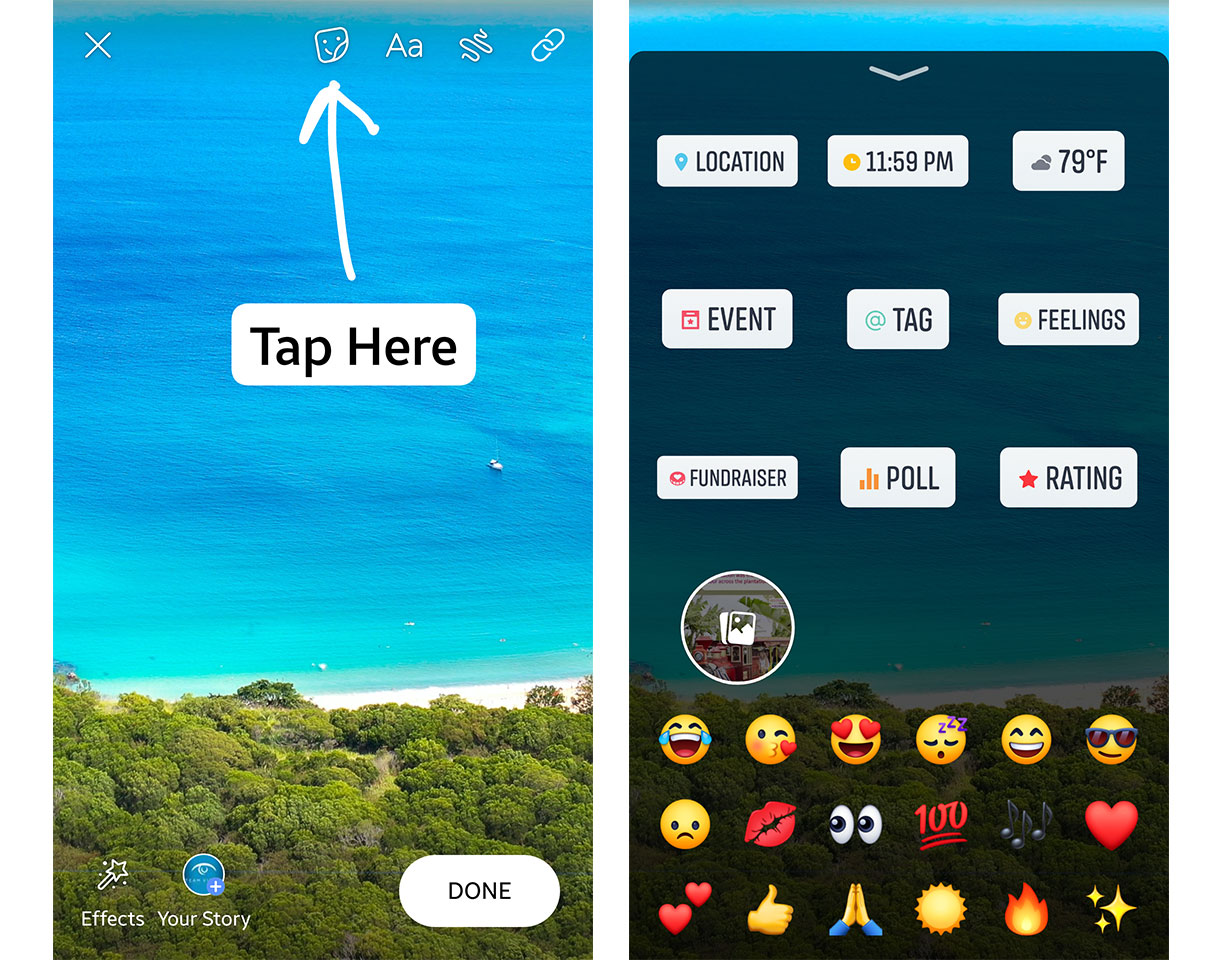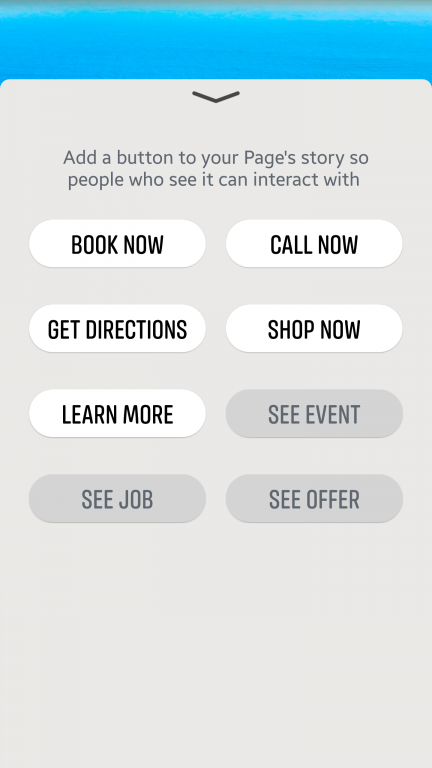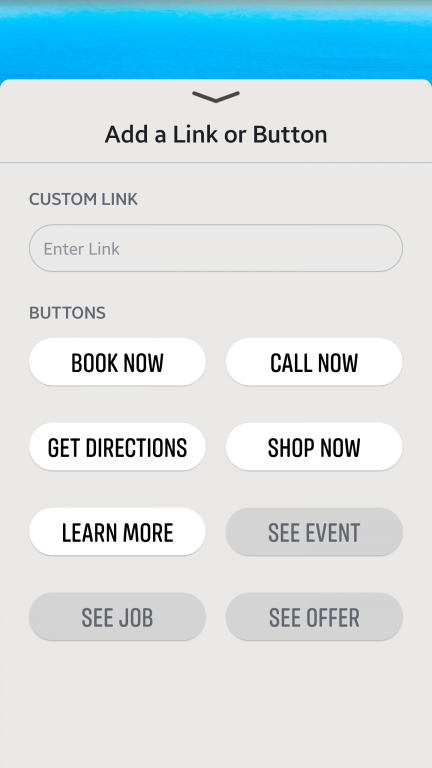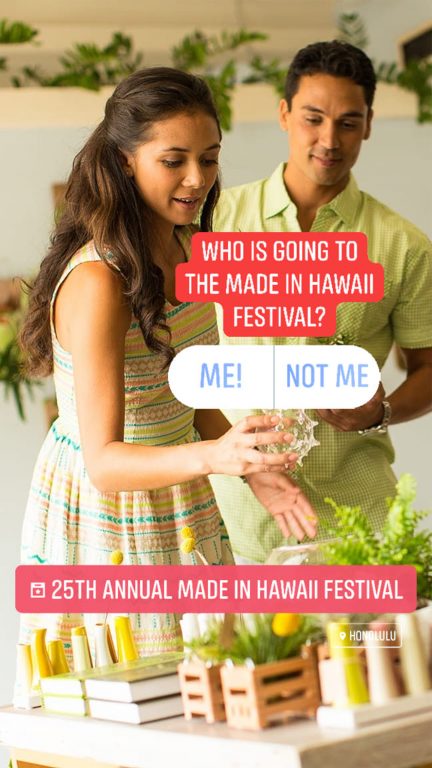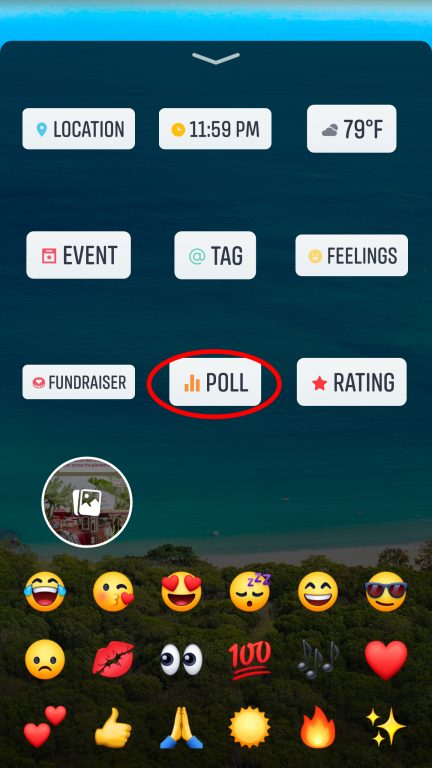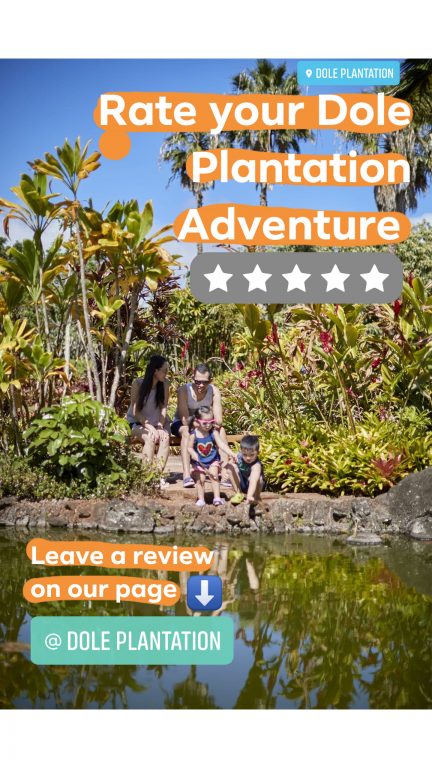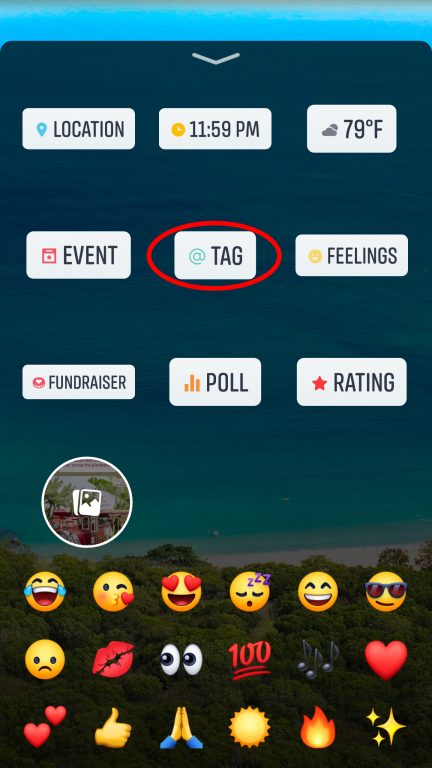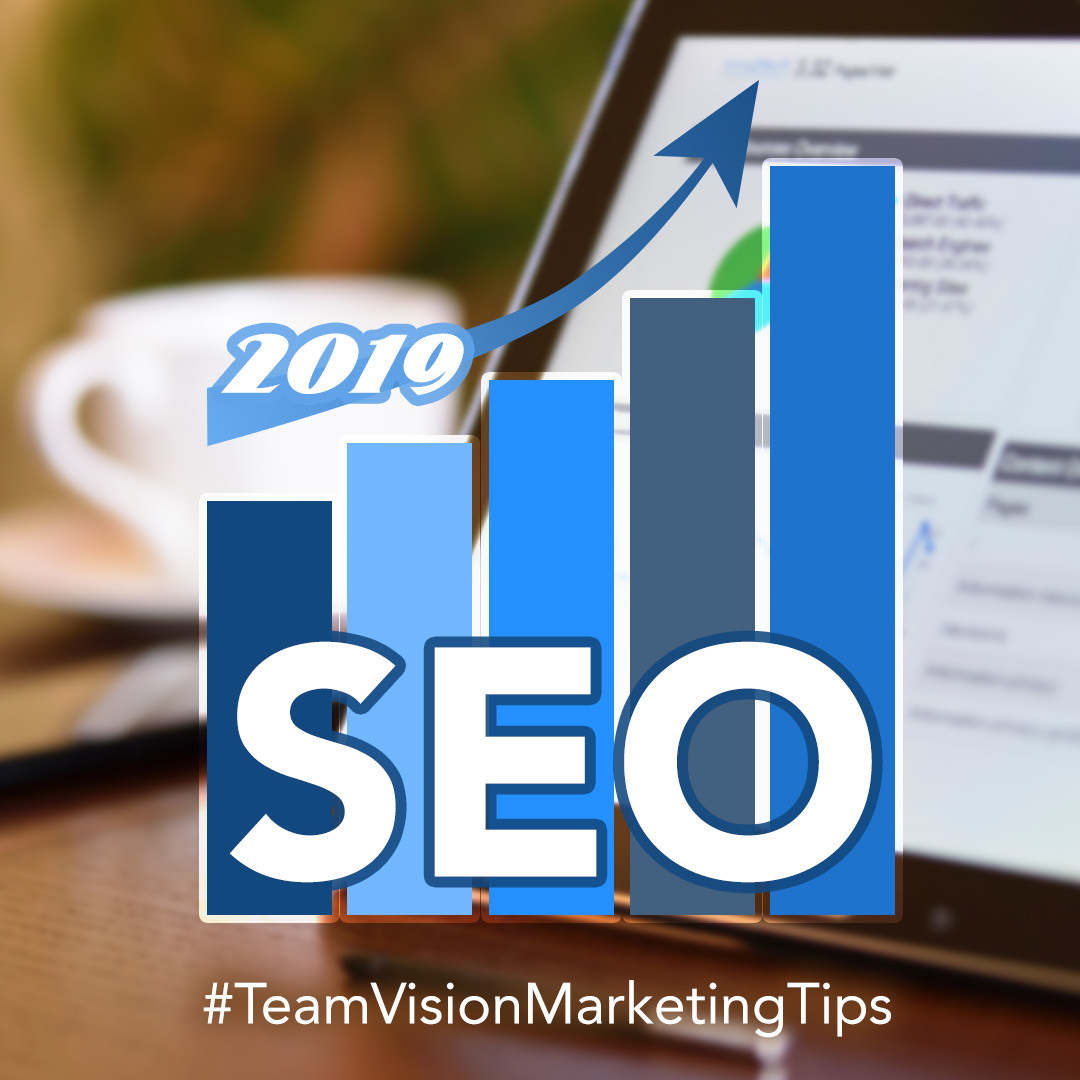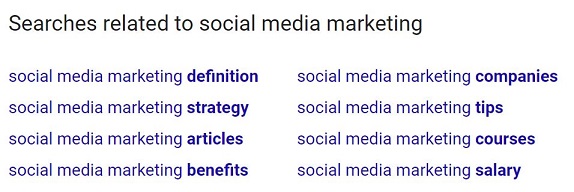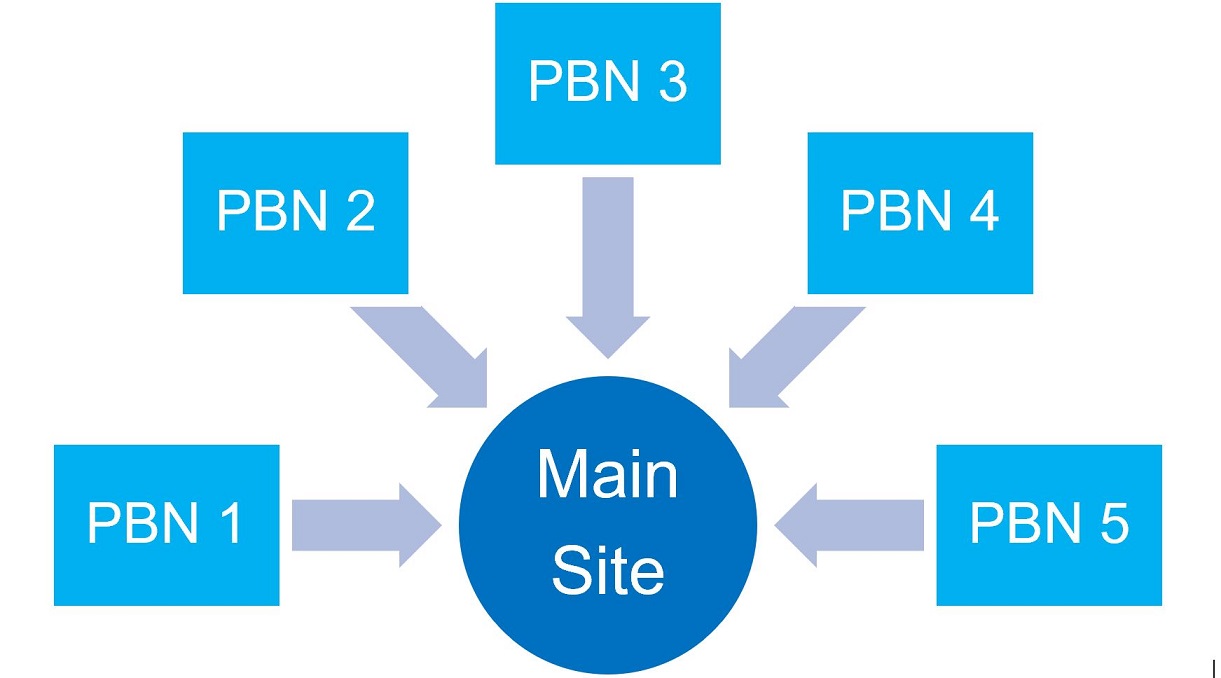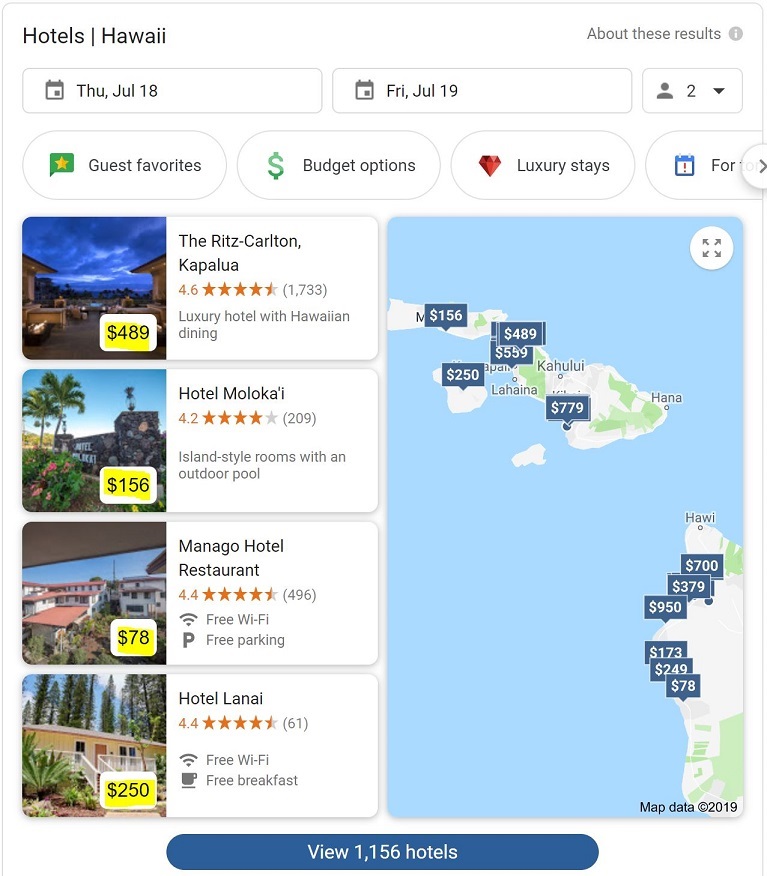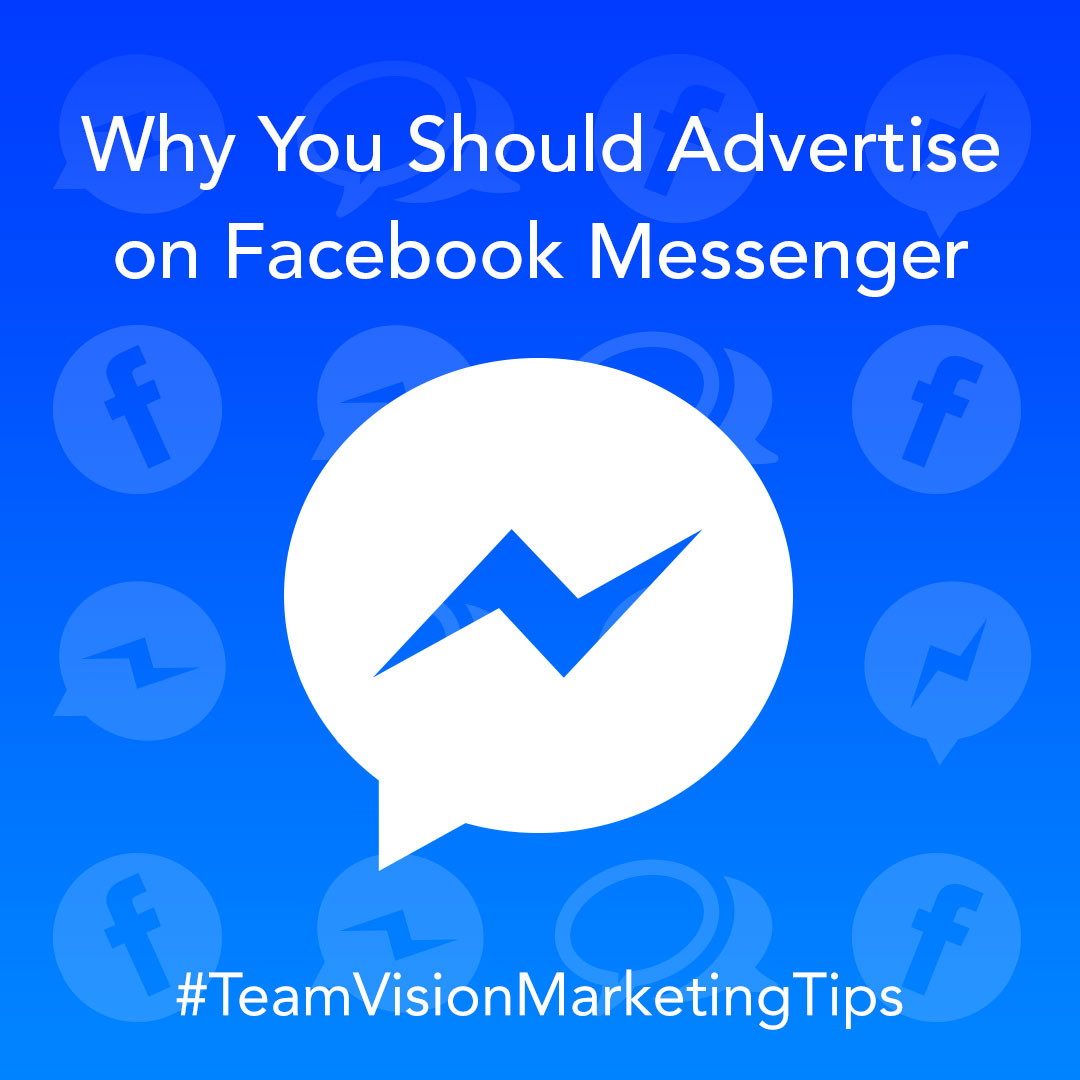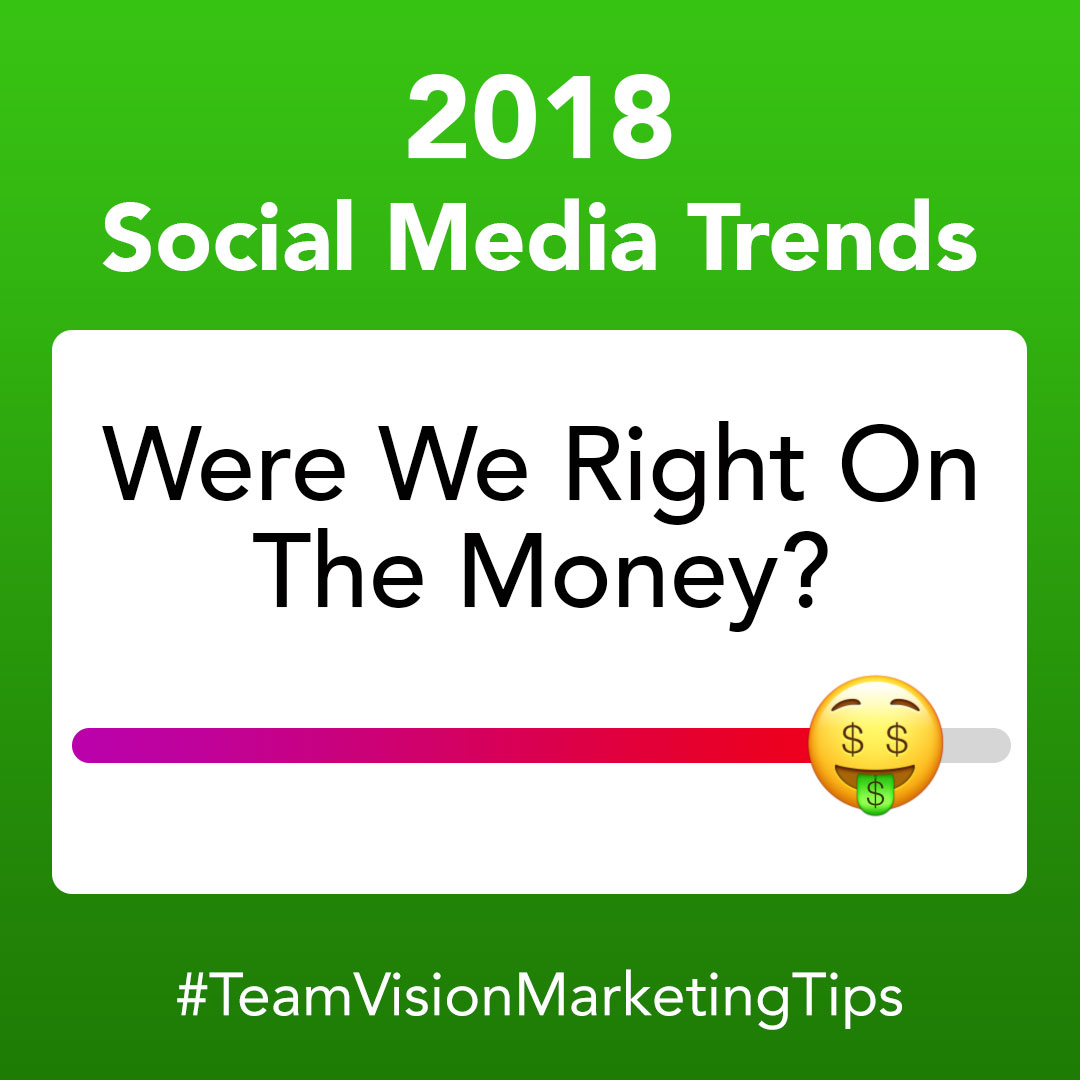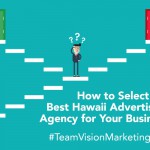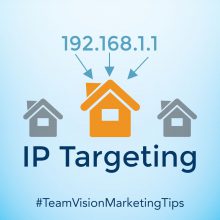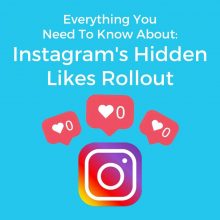If you’ve landed on our Hawaii Marketing Tips blog while searching for Team Vision Marketing, please visit our homepage, creative portfolio or client video testimonials. If you’re interested in learning more about Search Engine Optimization and SEO, please continue reading.
Search Engine Optimization – SEO Tips for Hawaii Businesses
Updated: September 1, 2019
Chances are, if you own a business, run a business, or market a business, you’re familiar with the term Search Engine Optimization, or SEO, and many of you are implementing Hawaii SEO strategies at one level or another. What we’ve found in our 20 plus years of web site design and development experience, is that many small businesses are either overlooking SEO completely, they’re doing it themselves at a very basic level, or they’re assuming their web design company is handling SEO properly – and they’re often not.
This article is designed to provide small business owners an overview of some of the best practices currently being utilized in the world of Search Engine Optimization and things that we know work because we actively use and test them for our Hawaii clients. That being said, SEO requires a large investment of time on an ongoing basis, it requires some technical knowledge, and it also requires you to consistently monitor changes in SEO best practices and then adapt to those changes regularly. If you do decide to handle SEO on your own, here are a few key SEO tips to get you started. Contact us if you would like more information or assistance with your Hawaii SEO needs.
Why Is Search Engine Optimization So Important?
Before we get into recommendations to help you improve your web site’s SEO, it’s important to start off with why SEO is so important for your web site. If your web site does not appear on the first page of search results (Google, Bing, etc.) when users execute a keyword search, then your company will basically appear as non-existent to online users. Therefore, it’s critical that you get into the mindset of your customers, determine which keywords they employ most often to search for and find your web site, and then optimize your site’s Search Engine Optimization strategy for those keywords
1. Web Site Design and User Experience for SEO
Many marketers don’t realize just how critical their web site’s design, navigation structure, functionality, content, and even the Content Management System (CMS) are to an effective Search Engine Optimization Strategy. Because Google can’t rely on your keywords and content alone to gauge the value of your web site, design and user experience now play a major role in how Google evaluates and ranks your site in order to provide searchers with the best possible listing results they can.
What are the key indicators Search Engines look at when evaluating web sites for search engine rankings? Here are two of the big ones.
- Bounce Rate – this reflects the amount of people that go to only one page of your web site and then leave. For example, if you were to search for Hawaii Advertising Agencies, click on Team Vision Marketing’s search result, hit our home page, and then immediately click the back button to go back to the search results, then that would be considered a bounce and reflect poorly on our search engine rankings. If too many people only visit one page of our site and then leave, eventually our search rankings will drop. This is why it’s important for businesses to monitor web site analytics regularly and make adjustments to your web site when you see negative trends such as high bounce rates.
- Time on Site – this one is self-explanatory. The longer you keep visitors on your site, the better. This shows Google (and other search engines) that you are providing relevant and high-quality content that users who land on your web site are truly interested in engaging with.
How can I improve bounce rate and increase time on site?
Your web site’s design, user interface and content can all affect bounce rates and time on site. The good news is that you can improve many of these items on your existing site if they are not currently up to par. Here are some questions to ask yourself about your current web site. Does your web site look current and incorporate responsive design techniques so that your content is optimized for whatever device and screen size your end user is viewing your site on? If not, you may have to think about starting over and creating a newly designed site. Does your web site include current information, pictures and videos that encourage web site visitors to keep reading and viewing? Does your site feature strong content that provides value to your users and encourages them to share it with others? Does your site funnel users through a path to get them to click on multiple pages until they reach the point of purchase or a contact form? By using a strong design strategy and well-developed content, you will be able to guide users to where you want them to go and then make them feel good about it when they get there. This will increase time on site, lower bounce rates, and improve your overall search rankings.
2. Web Site Optimization for SEO
In addition to having a strong web site design, it is important that your web site be optimized for the following – before you even begin developing your list of target keywords.
- Fast load times
- Quality user experience
- Mobile-friendly/responsive design web pages
- SSL security (a must since July of 2018)
- No 404 Page Errors
We’re not going to go into detail on each of these items, because if you aren’t already familiar with these terms, you probably shouldn’t be handing your own SEO. The bottom line? You can have a great web site design, quality content, and even a sound keyword strategy, but if your site doesn’t include the recommended optimizations above, your search rankings will suffer.
3. Crawlable and Accessible URLs
It’s critical that you design your site so that Googlebot’s (and other leading search engine’s)spiders can access your web site and understand everything on it, from navigation, to text and keywords, to videos and anything else you want Google to index. This step is another critical piece of the puzzle. Without it, none of your other optimizations are going to matter.
4. Content Best Practices for SEO
Although the basics of content marketing haven’t changed much in the last year, we have to include a section on Content when talking about current SEO best practices. Here are a few key strategies we recommend.
- Leverage video content.
- Update old blog posts with current information.
- Review and edit the content on your site to make sure it’s still current and high quality.
- Regularly review and update your backlinks strategy.
- Optimize your content for long-tail keywords ( long-tail keywords are keyword phrases that contain at least three words. They’re more specific and less competitive than generic keyword terms).
- Linkless mentions (mentions of other brands in your text without linking to them).
- Topic clusters (a collection of interlinked articles or pages around one umbrella topic).
- Longer blog posts (current recommendation is 2,500 words or more).
- Interactive content.
5. Compelling Title Tags and Meta Descriptions
Depending on which articles you read, some will say that Google no longer uses meta descriptions and tags for search rankings, and others will say that it is still used and important. From our experience in managing and studying SEO results for our clients, we feel it’s still very important to optimize your site’s meta titles and descriptions. Even if they are not used in the search rankings algorithm, there is a high percentage of time that the meta description and the meta title from your web site are used in the search results text. How Google displays your search engine result can determine whether people click on your listing or a competitors, so make sure you develop strategically written titles and descriptions, and monitor your competitors search listings results so that you can evaluate and modify your meta data to remain competitive.
6. Primary, Secondary, and Long-tail Keywords
What are Primary keywords?
As the name suggests, a primary keyword is a keyword that is used before any other keywords on a web page or in an article. It’s the most important keyword on a web site and should be used in a site’s title, domain, as well as in the site content. Primary keywords are the main keywords for which you want your site to rank in search results.
What are Secondary keywords?
Secondary keywords are those which play a supporting role to the primary keywords. They can be a more flexible than your primary keyword. Try to pick words that people are most likely to use when searching for your product or service.
What are Long-tail keywords?
Long-tail keywords are more specific keyword phrases that visitors are more likely to use when they’re closer to the point-of-purchase or when they’re searching for a very specific product or service. They can be hugely valuable if you know how to use them. For example, as an advertising agency, our primary and secondary keywords might be “Hawaii Advertising Agencies” or “Honolulu Advertising Agencies.” A long-tail keyword would appeal to users searching for a specific advertising agency service, such as “Facebook Ads Management Companies Hawaii.” Long-tail keywords may have less searches, but the conversion rates are much higher, and they are less competitive because they are so specific.
Once you have all your keywords in place, don’t limit yourself to using them on just your web site. Incorporate them into your social media channels and posts, in any website-related blogs, in your e-newsletters, and in any digital press releases.
7. Social Media as part of SEO
Does social media marketing have an effect on search results?
Yes. Social media is designed around mass sharing. Optimizing your social media efforts will drive a lot more traffic to your web site which can positively affect your SEO rankings. The more people that share your content or link to your web site from your social channels, the more visibility and traffic your web site will receive – both important factors in SEO. In addition, we already know that Google crawls and displays personal Facebook accounts, Twitter accounts, and LinkedIn pages. And more recently, we have begun to see business pages (i.e. Facebook Pages) being returned as search results for keyword searches that are linked to the Services descriptions that Facebook now offers.
Well there you have it. These are just a few of the many Search Engine Optimization tips and best practices that we deploy here at Team Vision Marketing, and there are many more. You didn’t think we’d give away all of our secrets, did you?
If you found this article on Search Engine Optimization interesting and insightful, please give us a call at (808) 536-0416 to learn the rest of our SEO secrets, and find out how we can help you improve your digital marketing efforts? We’ve been a leading full-service Hawaii advertising agency, Web design and digital marketing firm for over 20 years. Take a minute to view some our client video testimonials and hear directly from our key clients on how we helped grow their businesses. Then, search for Hawaii Advertising Agencies on Google and tell us what you find.
Contact Us:
Phone: (808) 536-0416
Email: info@www.teamvision.com
Web: www.www.teamvision.com

